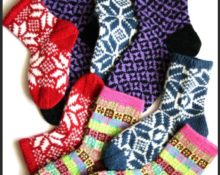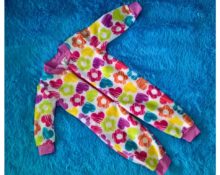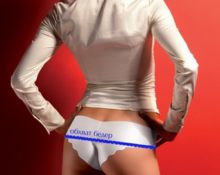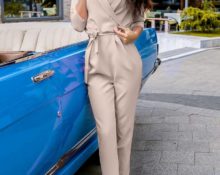When choosing clothes for the cold season, pay attention to accessories. This season's must-have is a knitted scarf. It will become an important part of your everyday wardrobe. A scarf will not only help you create a unique look, but will also keep you warm in cold weather.
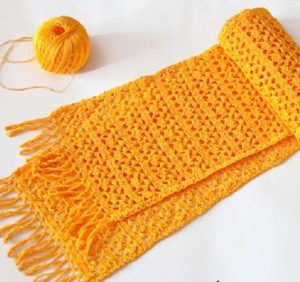 The easiest way is to buy a ready-made item in a store. But there is not always a suitable material composition, color, and even the size may not suit the demanding customer. Therefore, it is better to create a unique, inimitable thing with your own hands. In addition, such a product will be a pleasant gift for any occasion, and the manufacturing process itself will help while away the evening.
The easiest way is to buy a ready-made item in a store. But there is not always a suitable material composition, color, and even the size may not suit the demanding customer. Therefore, it is better to create a unique, inimitable thing with your own hands. In addition, such a product will be a pleasant gift for any occasion, and the manufacturing process itself will help while away the evening.
Knitting a scarf is not difficult even for a novice needlewoman.
When choosing a technique, you should remember the features of knitting and crocheting. When choosing a creative tool, pay attention to the density, relief, and structure of the future product. The quality of your product depends on this.
Knitting a scarf
Features of working with knitting needles are as follows:
- It is necessary to remember about uniform tension of the working thread. With loops of different sizes, the item will look sloppy.
- You need to choose thicker yarn, because knitting needles hide excess thickness; even the thickest threads will make a soft scarf.
- Thin threads are worth choosing if you want to get a luxurious fluffy scarf.
- A knitted item has a front and back side.
- Knitting needles are an ideal option for relief designs.
Crochet
This technique also has its own characteristics:
- You should knit the row to the end without skipping a single loop, otherwise the edge of the scarf will come out uneven.
- When choosing a working thread, you should pay attention to its thickness. Very thick yarn is not suitable: the item will turn out rough.
Choose a scheme based on how warm you want your masterpiece to be:
- For a light filigree scarf, a pattern with a large number of so-called air loops and stitches with five crochets is suitable.
- For tighter knitting, single crochet stitches, half double crochets, single crochet stitches, “bumps”, and puffy stitches are suitable.
If the item has a double-sided pattern, then mostly smooth patterns are used.
ADVICE! If you have never tried needlework, it is worth mastering crocheting. It is easier to work with it due to one working loop, whereas when working with knitting needles, a very large number of them are collected. Even if you miss one loop, the pattern will be lost and the product will not have the proper appearance.
Choosing yarn and knitting needles for a scarf with patterns
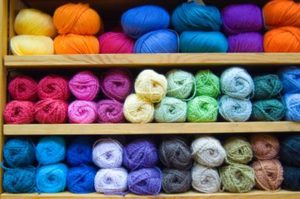 Store shelves are full of countless beautiful skeins with bright labels. Yarn varies in thread thickness, twist, and composition. The most important thing is the composition.
Store shelves are full of countless beautiful skeins with bright labels. Yarn varies in thread thickness, twist, and composition. The most important thing is the composition.
The threads are:
- cotton;
- acrylic;
- woolen;
- mixed.
For a light, decorative scarf, cotton is suitable, but if you need a warm scarf, it is better to choose wool or mixed yarn. A wool scarf may feel itchy, while a mixed fiber scarf is softer and more pleasant to the touch.
ATTENTION! You should always buy extra yarn. Threads from different batches from the same manufacturer may differ significantly in shades.
The choice of knitting tool depends on the desired “airiness” of the item. The thicker the diameter of the knitting needles, the more voluminous the pattern will be.
Knitting needles are made from:
- bamboo;
- plastic;
- wood;
- metal
For a large number of patterns, a medium-length tool with a tip is suitable.
IMPORTANT! To avoid making a mistake with the diameter, you should carefully look at the label. The manufacturer always indicates the most suitable number of knitting needles.
Varieties of patterns for knitting a scarf with knitting needles
The choice of drawings is very wide. These are double-sided and simple, smooth, embossed and lush, airy and openwork. There are many videos on this topic on the Internet, but if the information is presented in the form of text and pictures, you can always return to them, even in the absence of the Internet.
Let's look at the technique of performing some of them with a detailed description (master class).
Simple pattern for beginners
The easiest way to knit is with an elastic band. This scarf will warm you up on cold autumn evenings; it will be thick and warm. It is very easy to knit. You will need 200 grams of yarn, knitting needles No. 5.
There are several options for this method:
- Elastic band 2x2. We start with a set of loops. Their number depends on the desired width of the product. Next, alternate 2 knit stitches and 2 purl stitches. The number of rows depends on the length of your product.

- Elastic band 1x1. We knit 1 purl loop, 1 knit stitch. This scarf will be denser, but it will also take longer to knit.

- English gum. Row 1: knit 1, yarn over 1, slip 1. Continue until the desired width is reached. 2nd row: remove the purl loop together with the yarn over, knit the removed loop with the yarn over. 3rd row: equal to the first. 4th row: equal to the second.
Double sided pattern
This type of pattern has been very popular for scarves for several seasons. The good thing about it is that it looks the same on both sides. It's not difficult to master.
We knit a winter men's scarf with a pearl pattern

We will need 250 grams of yarn, knitting needles No. 8.
We cast on 25 loops and knit with a large pearl pattern according to the pattern. We maintain consistency. At the end we close the loops.. The peculiarity of this pattern is that you can knit both in length and in width.
First, second rows - alternate knit and purl stitches.
The third, fourth - we knit the opposite way.
Alternate knitting in two rows until the desired length is obtained.
Double-sided two-color patterns
Knit with threads of two different shades. Both sides of the product will be “right”.
Symbols for the diagram:
I – facial;
– – purl;
V – thrown over.
Knitting stages:
- Row 0: take the thread of the first color and knit the entire row.
- 1st row: edge loop (simply transfer it to another knitting needle), purl three, remove one, leave the thread behind the product, purl three, remove one, leave the thread behind the product. Knit to the end, close with an edge loop.
- Row 2: insert a thread of a different color. The first edge stitch, knit one, remove one loop, leave the thread in front of the product, three knit stitches, remove one, leave the thread in front of the product, close with the edge stitch.
- 3rd row: we knit in the same color as in the second row, one edge, continue knitting according to the pattern, we pull out one removed purl, leave the thread behind the product, knit three purls, pull out the removed loop, leave the thread behind the product. Continue to the end of the row, closing with an edge stitch.
- Rows 4 and 5 are similar to the second and third.
IMPORTANT! We change the thread color every two rows. When removing, pay attention: the thread remains on the side with the front loops.
Openwork pattern
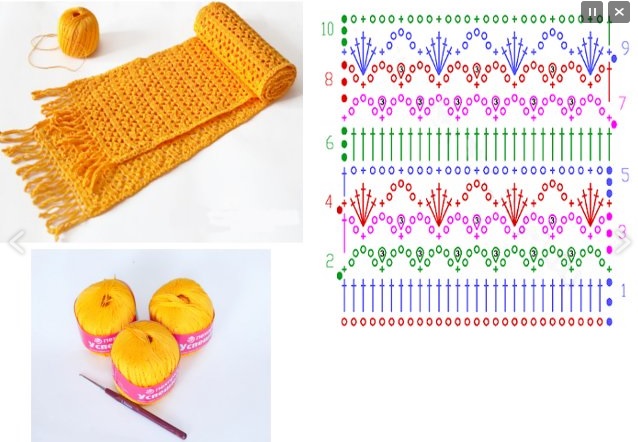
An airy openwork scarf will be a wonderful decoration for your wardrobe. Angora or mohair yarn is perfect for this type of work.
Knitting stages:
- To complete the work, cast on the knitting needles the required number of loops and knit three wavy motifs according to the pattern.
- We knit the first eight rows like this: odd rows with knit stitches, even rows with purl stitches.
- We start the ninth row with two knit stitches, knit 2 knit stitches together 3 times, tilting to the left. Then repeat yarn over + knit 5 times. Next: yarn over, knit 2 together three times with a slant to the right.
- We knit the tenth in a mirror image.
- From the eleventh to the sixteenth: odd - knit, even - purl.
- From the seventeenth row we repeat rows 9 – 16.
Oriental openwork pattern
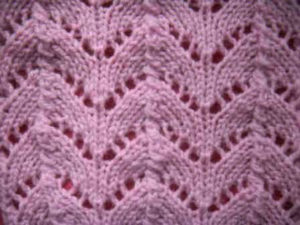
To create a unique pattern, you will need 150 grams of angora yarn (skeins 50 g/240 m), knitting needles No. 3.
For a scarf 35 centimeters wide, cast on 74 loops, two of which are edge loops.
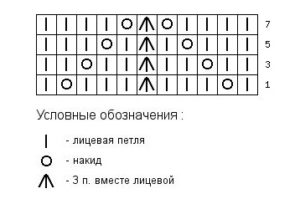
From the first row we knit according to the pattern to the required length.
Thus, starting with simple ones, studying patterns, moving on to complex knitting, you can hone your skills and create a whole collection of unique scarves.


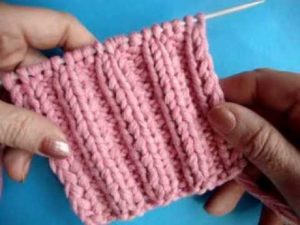


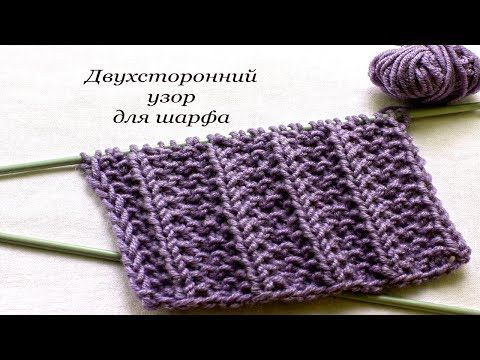
 0
0